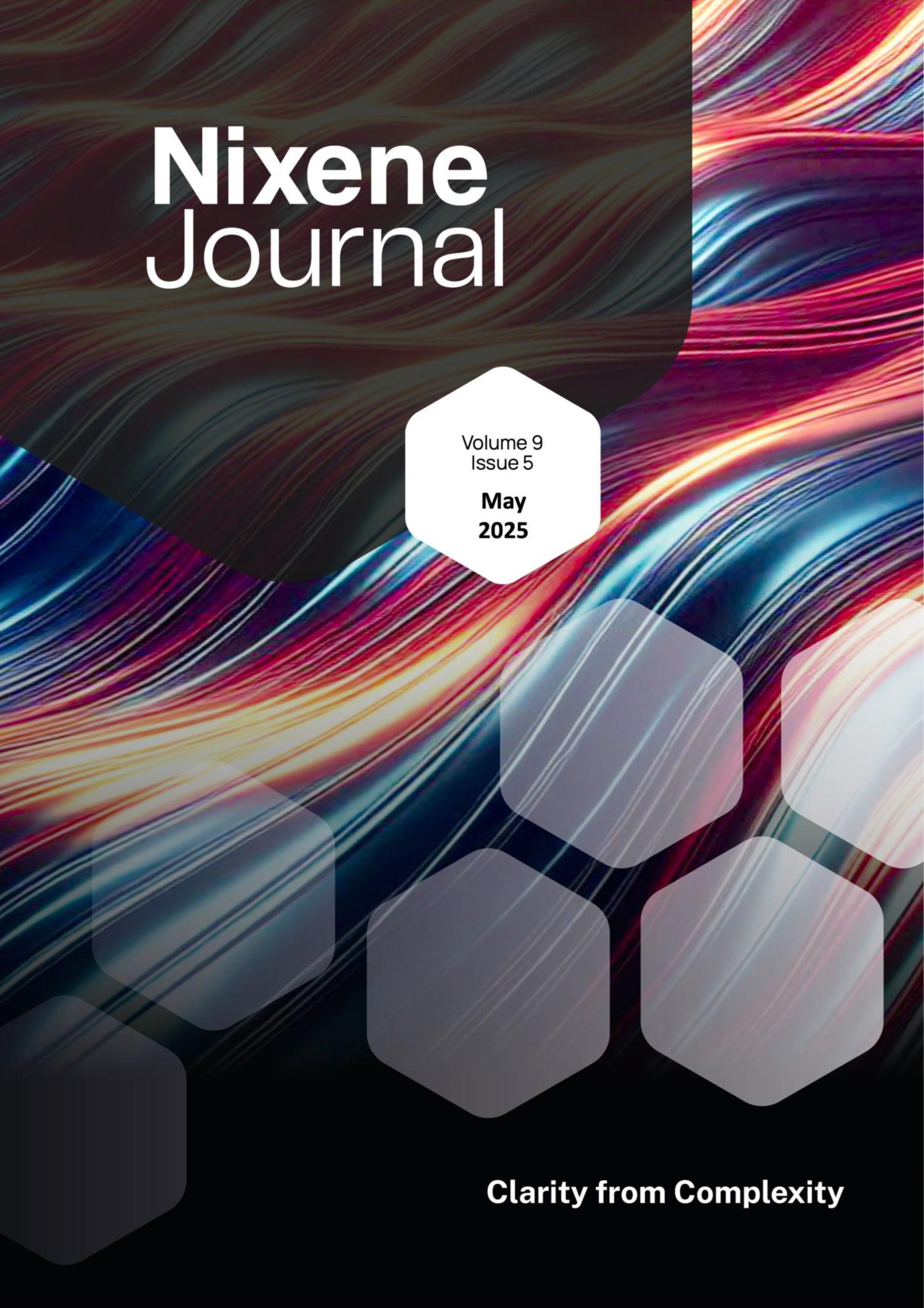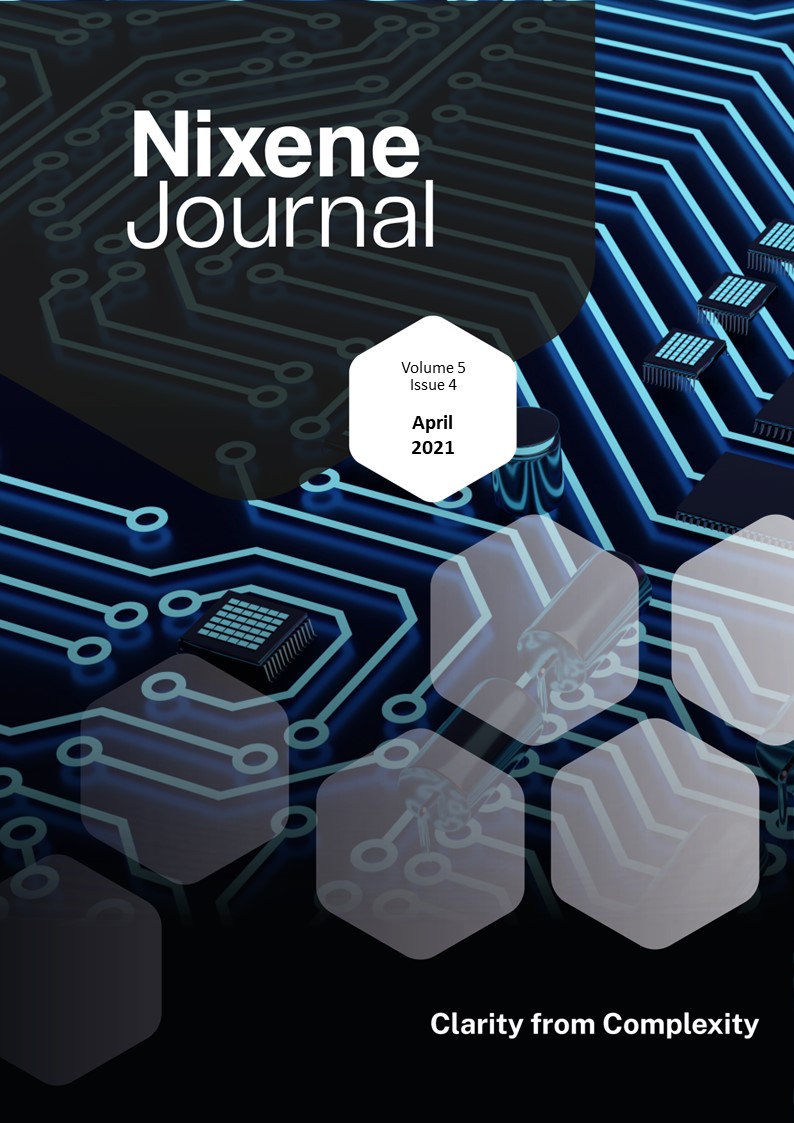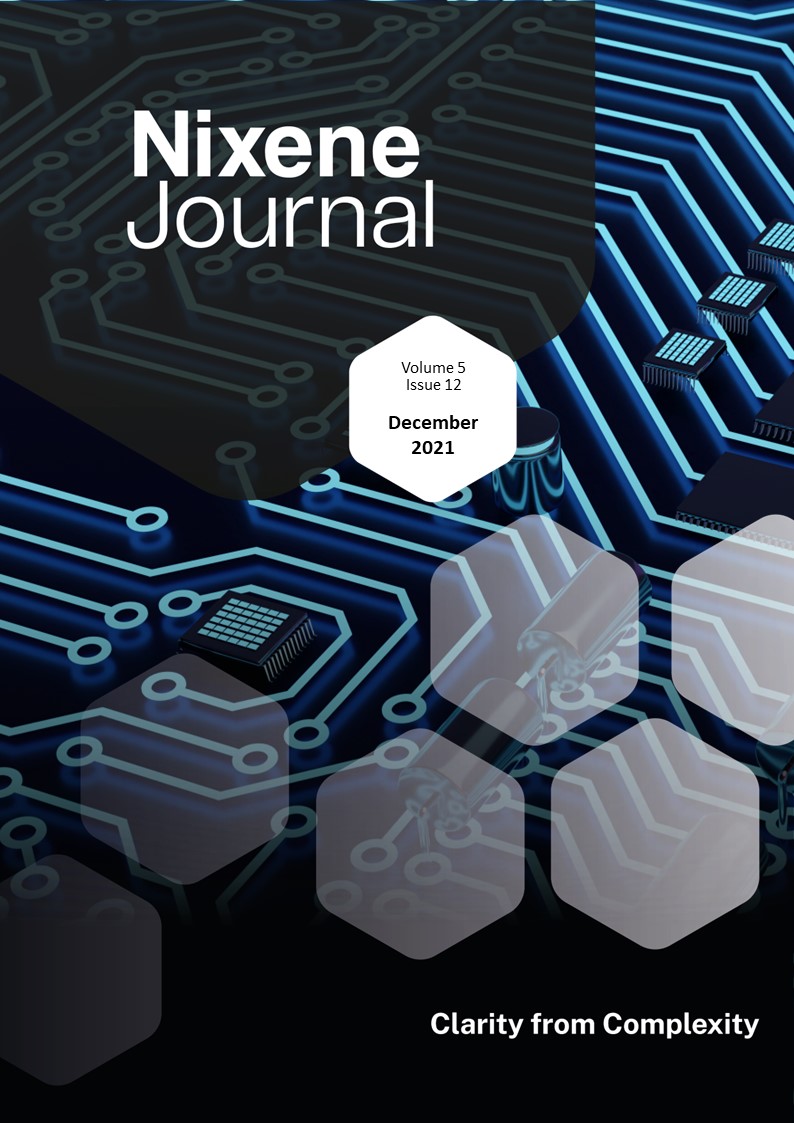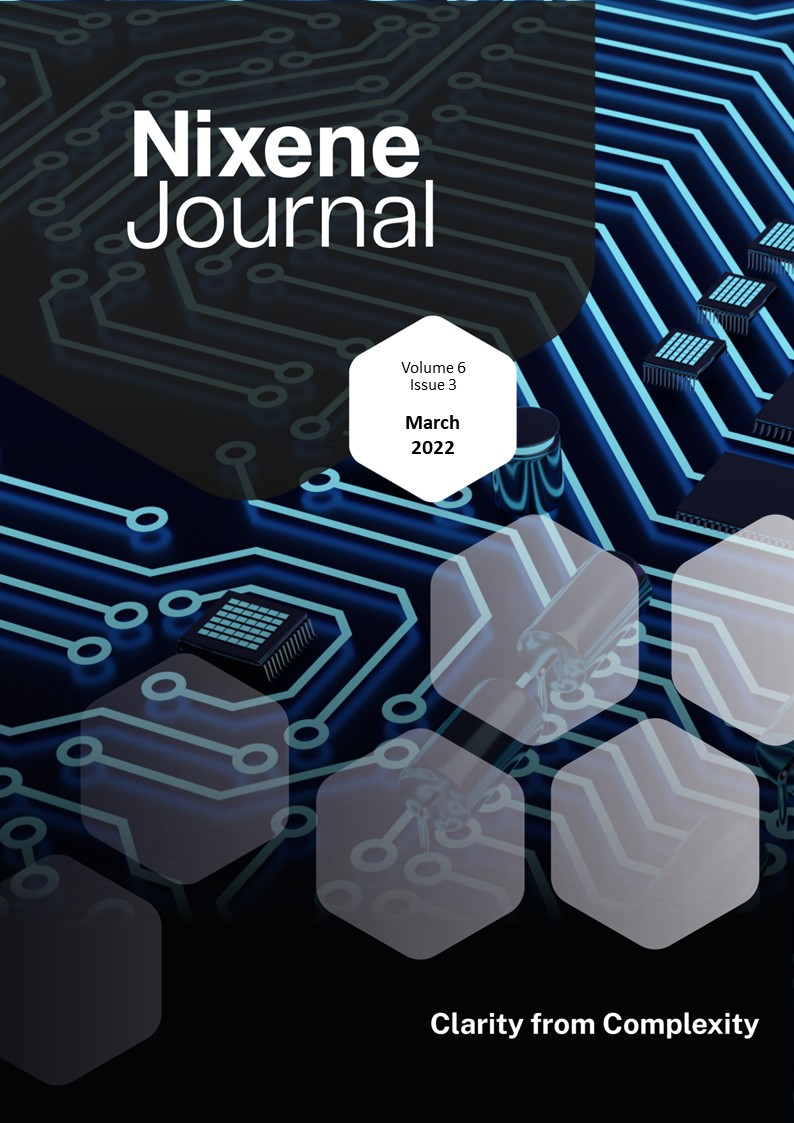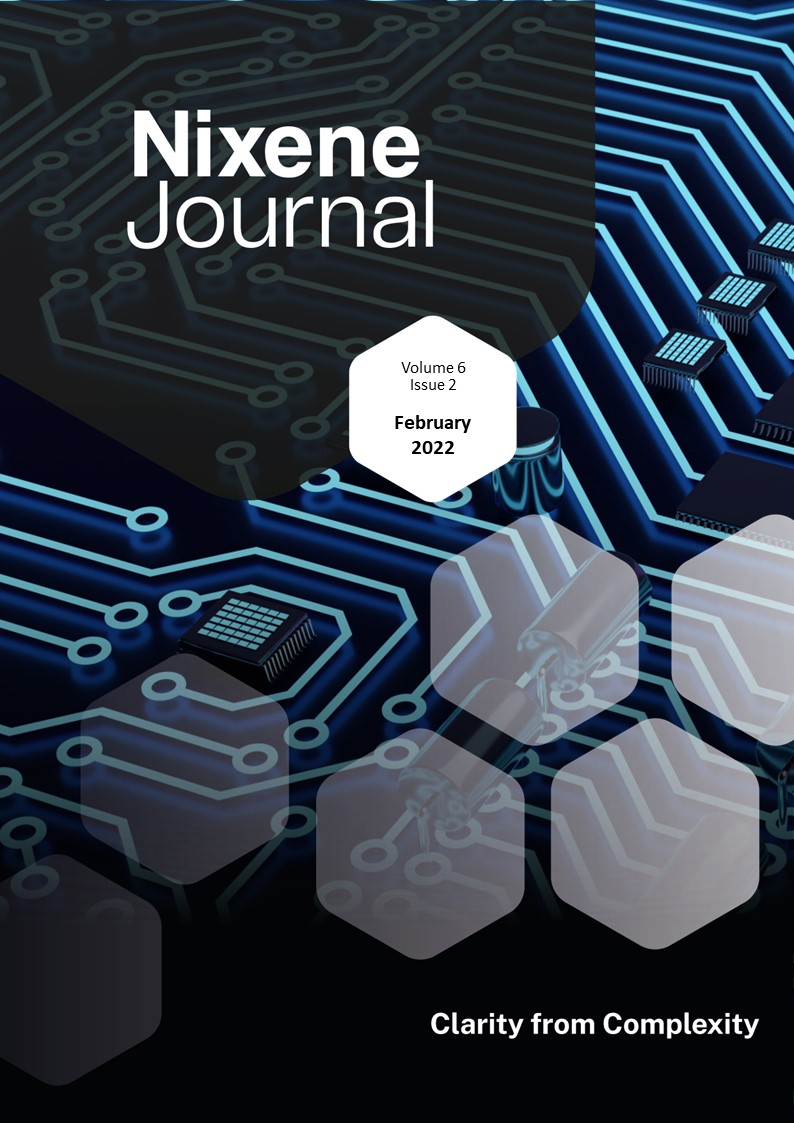Description
Our cover image this month is a stylised representation of acoustic phonons in graphene. These are waves in the crystal lattice of graphene and are how heat moves through the two-dimensional material. This is very efficient process. Graphene is the world’s best conductor of heat and acoustic phonons move at speeds of tens of kilometres per second through the material taking heat from one place to another. In our special feature this month we look at the effect of carbon isotopes on the properties of graphene and we found that a small amount of a slightly heavier form of carbon called carbon 13 (13 C) disrupts the acoustic phonons and this has a big impact on the way heat moves through the material. The other properties of graphene seem to be unaffected by the change.
This means when deploying graphene powders and laminates in applications for heat transfer, graphene might not perform as expected. The special feature explores ways to generate competitive advantage for some types of graphene over others by restoring that performance.
More manufacturing news. A team in Austria has developed a new process for making a two-dimensional (2D) material called MXene. These are functionalised 2D transition metal carbides. They are finding uses in battery and supercapacitor applications and have great promise for the future. The problem up till now is that they require a toxic chemical, hydrofluoric acid (HF) for their manufacture. The Austrian team has shown that a new, safer process using a pulsed electrical current can eliminate the need for HF.
A new class of 2D materials has been discovered. A team at the University of Manchester was exploring the way water bonds in between 2D layers. They found that the hydrogen bonding between the water molecule and 2D molecule is stronger than the van der Waals bonding in 2D heterostructures. This opens up the possibility of new designer materials. The team calls these hydrogen bonded heterostructures (HBHs).
The Graphene Engineering Innovation Centre (GEIC) features several times this month. They have announced a new scientific officer. The GEIC has been working with synthetic graphene manufacturer Hydrograph. This work performed by the GEIC composites lab has shown significant enhancements to the durability of commercial polyurethane coatings using the Hydrograph graphene. We admire companies that generate real data to back up their claims. Dear reader, you can view more fascinating data in yet another packed issue of the journal. Please do read on
Adrian Nixon
1st May 2025

